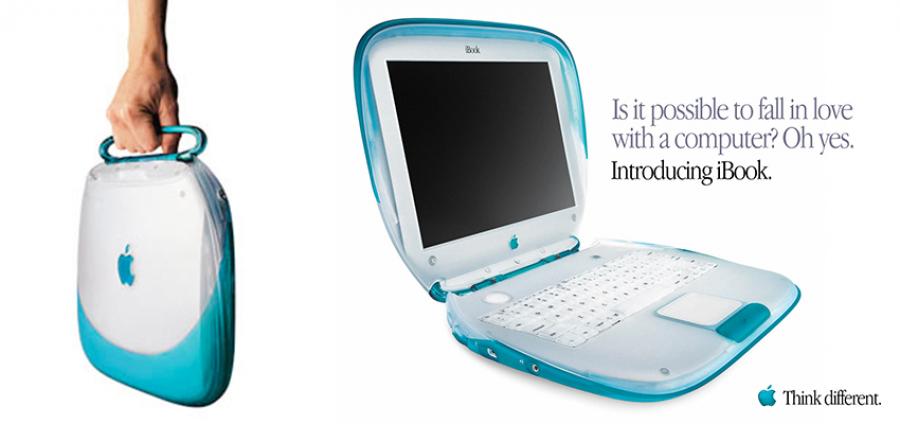
It seems one has to include the ”cmd” key for it to work (I tried ”ctrl shift S” first, but that didn’t seem to work). You can then set a keyboard combo to invoke the screen saver. zip file and then put extracted file ”Start Screensaver.workflow” into ~/Library/Services you can then go to System Preferences > Keyboard > Shortcuts and under ”Services” you will find ”Start Screen Saver” (under ”General” in the list). Open -a /System/Library/Frameworks/amework/Versions/A/Resources/ScreenSaverEngine.app Here is a service done in Automator that runs a shell script to start the screen saver in OS X: Nice screensaver, but a bit sad that it uses so much GPU and/or CPU that it makes the fan start to make noise (at least on the 15″ MacBook Pro from 2010 that I tried it on). Heads up to RedmondPie for finding this awesome screen saver. If this proves to be a tease and you want to go further into the iOSification of OS X, you can follow some tips to make the Mac desktop look a lot more like iOS by changing a variety of settings, though it’s certainly not for everyone. You can change that along with everything else if you decide you don’t like the movement. The screen saver has a very slight animation that causes images to zoom in and out extremely slowly, sort of mimicking the iOS lock screen that zooms in when an iPhone or iPad is woken up. You can also change the “Press any key to unlock” text if you want it to say something else, putting a message like your name and contact details here is generally good protocol so that it’s visible on the lock screen. Hitting the Options button provides more customization than you may expect, including the ability to change the background image, adjust the time format from a 12 hour to 24 hour clock, whether or not to show the AM/PM indicators, adjust the date format, whether the text is black or white, and even a ton of very specific tweaks to the size of the clock and text itself.

Launch System Preferences from the Apple menu and go to the “Desktop & Screen Saver” control panel.Drag and drop the “iOS 7 lockscreen by bodysoulspirit.qtz” file into the “Screen Savers” folder you just opened.Open a new Finder window, then hit Command+Shift+G to summon Go To Folder and enter the following path:.Download the free screen saver from BodySoulSpirit (or use this direct link) and mount the disk image.To get the actual locked screen functionality in OS X you’ll need to separately enable password protection for screen savers and then use a timer, keystroke, or hot corner to send the screen into the locked mode, which will work with any screen saver and not just this one – if you haven’t done that yet, you really should as it offers a simple method to protect a Mac from unauthorized access.Īnyway, back to the beautiful screen saver, here’s how you can get this working on your Mac: The screen saver is titled “iOS 7 lockscreen”, as it very closely mimics the appearance of the initial lock screen seen on an iPad, iPhone, or iPod touch running iOS 7.0 or newer.

It’s beautiful, and now thanks to a third party developer you can get that same gorgeously simple lock screen on your Mac through the usage of a free screen saver. Though some of iOS 7’s appearance has become a matter of controversy, the one portion of the iOS facelift that is practically universally adored is the new, simplified, image-focused lock screen, which displays nothing but a clock and the date in minimally thin text overlaid against the devices wallpaper.


 0 kommentar(er)
0 kommentar(er)
